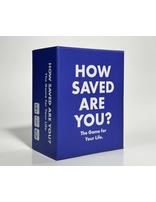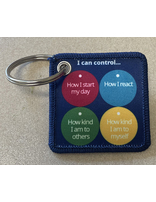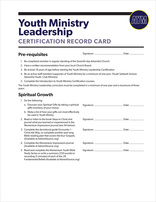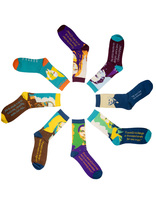 Club drugs – drugs you take at raves or parties – are the rage among teens today. The most popular club drug is Ecstasy – also called MDMA, “X,” or Adam. It is a stimulant and a hallucinogen. It can take you to utter bliss for four to six hours.
Club drugs – drugs you take at raves or parties – are the rage among teens today. The most popular club drug is Ecstasy – also called MDMA, “X,” or Adam. It is a stimulant and a hallucinogen. It can take you to utter bliss for four to six hours.
Ecstasy is cheap – $10-20 per pill. But nothing comes free – including that six hours of bliss. To understand the price of that trip you have to understand how your brain works – and how Ecstasy works on your brain.
Brain Chemistry 101
Your brain is a chemical-electrical computer. Your brain cells – neurons – receive chemical signals from other neurons, and translates them into electrical signals which transmit information. Different parts of the brain are tuned to different chemicals.
Some brain cells produce serotonin. Serotonin is released to signal other brain cells. Serotonin sends messages that the brain interprets as “I am happy,” “I have eaten enough food,” “I feel good.” Eat a good meal with a group of friends, and the brain soon signals (a) you are having a good time, and (b) you do not need more food. Do something unpleasant, or when you are tired, and hungry, the brain stops releasing serotonin. Other chemicals in the brain send you the message that (a) you want to stop doing what you are doing; (b) you are tired; and (c) it is time to eat.
Enter Ecstasy
Take ecstasy and your brain cranks out serotonin, creating the big bliss hit. Serotonin floods over the receptors. Your brain gets the message that you are happy like never before.
Serotonin carries messages about things other than happiness. Your brain tells you that you are fresh – you think can dance forever. It tells you that you are feeling good – not hungry, not thirsty, not hot, and not cold.
If your body needs water, you need water. If your body is overheating, you are overheating, even when your brain does not recognize that. Someone on ecstasy can keep on going and going, past what is safe. Ecstasy users have overheated until they died of heatstroke. Others have collapsed from dehydration – or had their kidneys fail.
Now and Forever
Ecstasy is a gift that keeps giving. The flood of serotonin caused artificially by ecstasy discourages the brain from producing serotonin. It also reduces the number of serotonin receptors. The next time you have a good meal with good friends, it is not as pleasing as the meal you ate before you took ecstasy. Your brain produces less serotonin, and has few receptors that can receive serotonin.
The more times you take ecstasy, the fewer serotonin neurons remain. The receptors take a long time coming back. Use enough ecstasy, and the only time you can be happy may be when you get serotonin artificially.
Why bet your life for a little fun? If it is not fun without chemicals is it really fun?
![]() Respond to this article
Respond to this article
______________________________
Written by Mark N. Lardas, copyright 2006, Mark N. Lardas, all rights reserved. Reprinted with permission from Listen, March 2003. Copyright © 2006 by GraceNotes. All rights reserved. Use of this material is subject to usage guidelines.
- Youth Ministries
- -- Select category --

















